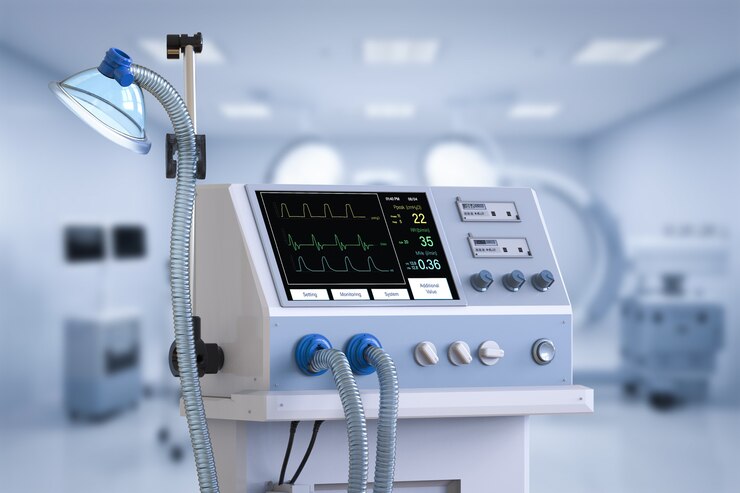Home > Ventilator

Ventilator
Ventilators assist patients with breathing difficulties by delivering oxygen and removing carbon dioxide, crucial in critical care settings for stabilizing patients and providing life-saving respiratory support.
Ventilator Overview
Ventilators are medical devices designed to support breathing in patients with respiratory failure or insufficient respiratory function. Key technical specifications include parameters such as tidal volume (the amount of air delivered with each breath), respiratory rate (the number of breaths per minute), inspiratory/expiratory ratio (the ratio of time spent inhaling to exhaling), positive end-expiratory pressure (PEEP, which helps keep the airways open), and FiO2 (fraction of inspired oxygen, indicating the concentration of oxygen delivered). Additionally, ventilators may offer modes of ventilation such as pressure-controlled or volume-controlled ventilation, as well as features like alarms for monitoring patient status, humidification systems to prevent drying of the airways, and advanced monitoring capabilities for assessing lung function and adjusting ventilation settings accordingly.
Ventilators are used in healthcare settings to help patients breathe when they are unable to do so on their own due to conditions such as respiratory failure, lung infections, or trauma. They deliver oxygen-rich air into the lungs and remove carbon dioxide, supporting the body’s respiratory function. Ventilators can be set to provide specific levels of oxygen and adjust the rate and depth of breathing based on the patient’s needs. They are crucial in critical care units, operating rooms, and emergency departments to stabilize patients and provide life-saving respiratory support.
Advantages of Ventilators
- Life Support: Ventilators provide crucial respiratory support to patients with breathing difficulties, helping to sustain life in critical situations such as respiratory failure, severe infections, or trauma.
- Oxygenation: They deliver controlled amounts of oxygen to the lungs, ensuring adequate oxygenation of the blood and tissues, which is essential for cellular function and organ health.
- Supportive Care: Ventilators assist patients during surgeries, intensive care, and emergency situations, allowing healthcare providers to focus on treating underlying conditions while maintaining stable respiratory function.
- Customization: Ventilators offer a range of settings and modes to tailor ventilation to individual patient needs, optimizing treatment and improving outcomes.
- Critical Monitoring: Modern ventilators incorporate advanced monitoring capabilities, allowing healthcare providers to continuously assess patient response and adjust settings accordingly, enhancing patient safety and care.
- Departments
Urology
Gynaecology
Critical Care Medicine
Joint Replacement
Pediatric Clinic
Emergency Cases
Please feel welcome to contact our friendly reception staff with any general or medical enquiry call us.
+91 8208612746
Opening Hours
- Monday – Sunday : 24/7 Available
